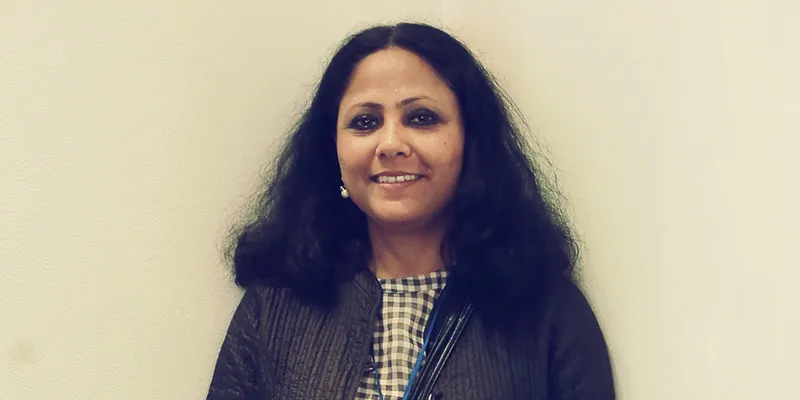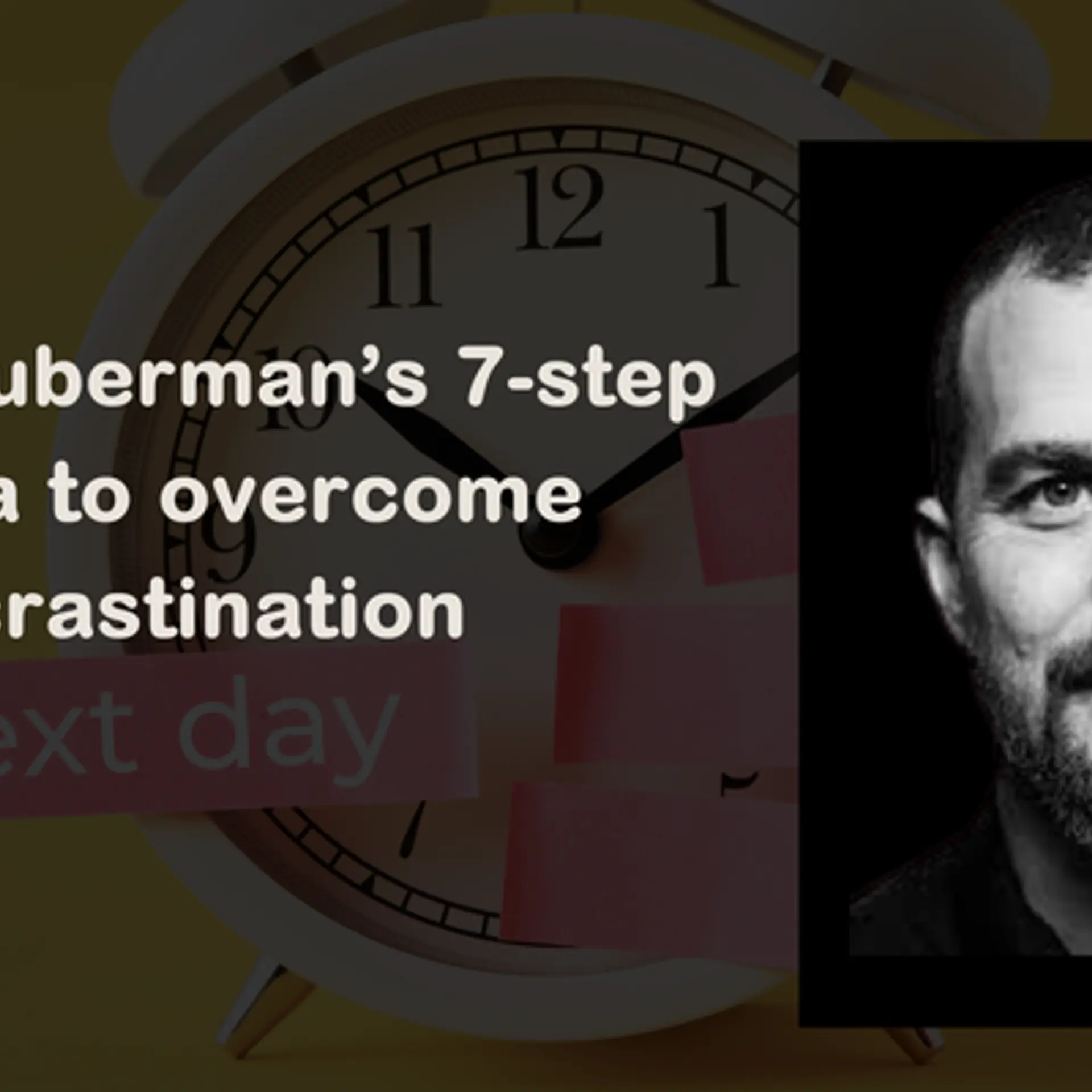Viewing society with razor sharp eyes: Bangladeshi artist Tayeba Begum Lipi
At the Shrine Empire gallery booth during the recently concluded India Art Fair, a petite woman patiently answers all the viewers’ questions about her work. The work itself titled, Recalling 1, is a sewing machine made up entirely of stainless steel razor blades. The attention that the work has attracted is far from being small. It belongs to Bangladeshi artist Tayeba Begum Lipi who is certainly not new to adulation, even though she admits being humbled by the response at the fair.
“It was most certainly unexpected,” says 45-year-old Lipi, whose 2012 work Love Bed, also done in razor blades, was acquired for the Guggenheim Museum’s collection. “It’s not a large piece and I did not expect people would notice it in this huge an event such as India Art Fair. I was asked a lot of questions about the medium I chose and what it meant. In fact, it also turned their attention to my solo show Reversal Reality which is currently underway at the gallery.”

Lipi’s connection with sewing machines goes back to a show curated by Munem Wasif and Mahbubur Rahman at Pathshala, the South Asian Photography School, in memory of Rana Plaza tragedy where nearly thousand workers were killed after a garment factory collapsed. “There was a factory machine lying on the floor that was collected by Taslima Lima, the photographer, who along with her contemporaries also helped in rescuing missing bodies from the rubble,” recalls Lipi, adding, “The box like machine with its crude look at Pathshala took me to my attachment with the sewing machine all through my life. At the same time, I have always been passionate about stitching my own clothes since childhood. Initially, I thought about working on the machine from Rana Plaza but finally I ended up making the one I am connected with.”
The memory of razor blades goes even further back into Lipi’s childhood. She is the 11th child in her family and recalls always being around women who were in childbirth. A razor blade was used to cut the baby out in those times and she picked the razor blades in response to this memory. “But after a few years of working on the same material, now I think it is coming to my objects as texture or surface that easily and surely can respond to the work itself.”
Lipi’s razor blade installations portray the violence and pain faced by women in a largely patriarchal society, while also signifying the strength and resilience of these same women in the face of massive odds.
In fact, the first installation she made with razor blades was in Lahore, Pakistan, in 2008 during a residency at RM Studio. She started with readymade razor blades, but later switched to fabricating them in stainless steel as per the shape she required. The turning point of her career came when one such work was exhibited at the Venice Biennale in 2011, where she was also the director of the first ever Bangladesh pavilion. Titled Bizarre and the Beautiful and installed as bras made of razor blades, the piece was acquired by Rajeeb Samdani of Dhaka Art Summit.

Her Love Bed sculpture, also in stainless steel blades and perhaps her most renowned piece, was part of the No Country: Contemporary Art for South and Southeast Asia exhibition at the Guggenheim and the Asia Society Hong Kong Center, which is an evocative enquiry into questions of identity, borders and the region’s unprecedented transformation over the years against a backdrop of colonialism and violence.Her art practice includes painting, printmaking, installation, and video to comment on themes, including the politics of gender and female identity. For instance, in one of her earlier videos created in 2010 titled ‘I Wed Myself’, she portrayed a bride with traditional makeup and formal attire preparing for her wedding, then cropped her hair and added a moustache to also adopt the role of groom. Juxtaposing these two roles within a single frame, the picture doubled up both as a husband and a wife, while a video of the transformation process was projected alongside. The dual personality that was portrayed therein was to question the stereotype role assumed by gender identities and to bring home the fact that both masculine and feminine qualities could co-exist.
In 2002, Lipi co-founded the Britto Arts Trust, Bangladesh’s first artist-run alternative arts platform, which has extended its reach beyond Bangladesh through exhibitions, residencies, talks, collaborations, and exchanges. One of Britto’s recent projects, No Man’s Land, was hosted at the Bangladesh-India border. Fifteen artists from Bangladesh and nine from India lived in villages across the border and would attempt to visit each other without passports.
On discrimination
Transcending restrictions of identity and gender has been Lipi’s single-minded concern. Even though her elder brother Paul was a student of Fine Arts, she was herself dissuaded from becoming an artist. “Fortunately, another elder brother Tahimidul encouraged me to study fine arts. I took financial support from my family only for a year and then completed my education with my own earnings by teaching in an informal children’s art school for two days a week and occasionally teaching music,” says Lipi, MFA in Fine Arts from University of Dhaka, Bangladesh.
Lipi has come a long way since those testing times. She has just finished a work for a group show at the Palazzo Grimani Museum in Venice organised by Sundaram Tagore Foundation and Sundaram Tagore gallery that will take place from May 2015. In India, she has also been exhibited in the past by the Palette Art Gallery, The Guild and Apparao Galleries.
She has had several prominent solo shows, including Never Been Intimate at Pi Artworks in Istanbul in 2013 and Pi Artworks London in 2014, a solo project at Dhaka Art Summit in 2014, and Artificial Reality along with artist Mahbubur Rahman at La Galerie, Alliance Francaise, Dhaka.
Rahman, another celebrated artist from Bangladesh, is also Lipi’s husband and to whom she gives full credit for his support. “Since we studied together at the University, we happened to be friends for more than two decades. From the beginning of our relationship and our career, sharing and discussing with each other is I think the best part of our life. Mahbubur was well known as a dynamic artist from our young age, long before I was recognized as an artist. He became my mentor to develop my artistic practice. Without his constant support, I could not be the one I am today.”
That is one school of feminism one must applaud.







